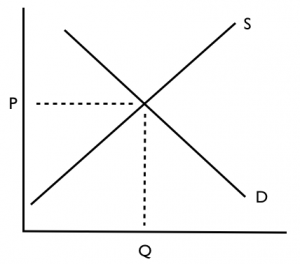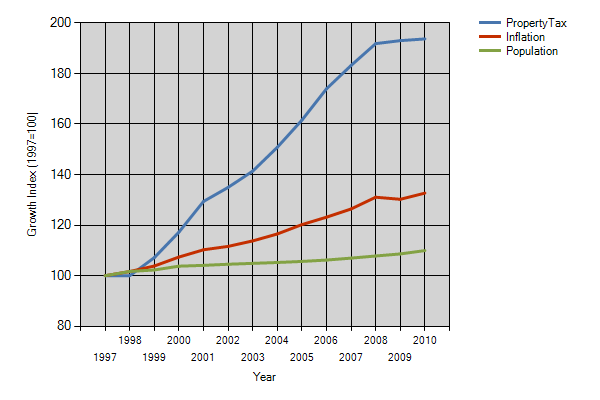Checking The Pulse Of The Kansas City Real Estate Market
It’s estimated that 30% of mortgage loans on home purchases today – 50% in some real estate markets – are FHA loans. That’s incredible when you think that just 5 years ago FHA backed about 5% of home loans. FHA loans have become such a significant part of today’s real estate market that it’s noteworthy any time FHA lending guidelines are changing. Beginning 7-1-12, borrowers with debts that have gone into collection will have new lending guidelines that must be followed to secure a FHA loan and close on their home purchase. FHA borrowers with debt collections will be required to dispute and show proof the debt is not truly theirs (identify theft, credit card fraud, etc) or, if the debts total more than $1000, then a payment plan must be set up to deal with the undisputed debts showing up on the borrower’s credit report. At least three monthly payments on the payment plan will have to be made before FHA will allow the loan to close. This means any FHA borrowers with debt collections shouldn’t be looking to close on a home in 30 or 60 days, because it’s not going to happen that quickly.
FHA borrowers with debt collections will be required to dispute and show proof the debt is not truly theirs (identify theft, credit card fraud, etc) or, if the debts total more than $1000, then a payment plan must be set up to deal with the undisputed debts showing up on the borrower’s credit report. At least three monthly payments on the payment plan will have to be made before FHA will allow the loan to close. This means any FHA borrowers with debt collections shouldn’t be looking to close on a home in 30 or 60 days, because it’s not going to happen that quickly.
The new guidelines are further measures to stabilize FHA from the foreclosure crisis experienced in recent years. Doing so is vital because keeping FHA on stable ground is a key to the real estate market recovery. It’s also important because FHA foreclosures have continued to rise at a time when most other types of loans have experience a reduced volume of foreclosures. Although much of the rise in FHA foreclosures can be attributed to loans made three or four years ago, these changes are still a good step towards ensuring today’s home buyers are prepared for the mortgage debt they’re about to undertake.
Posted by Jason Brown









